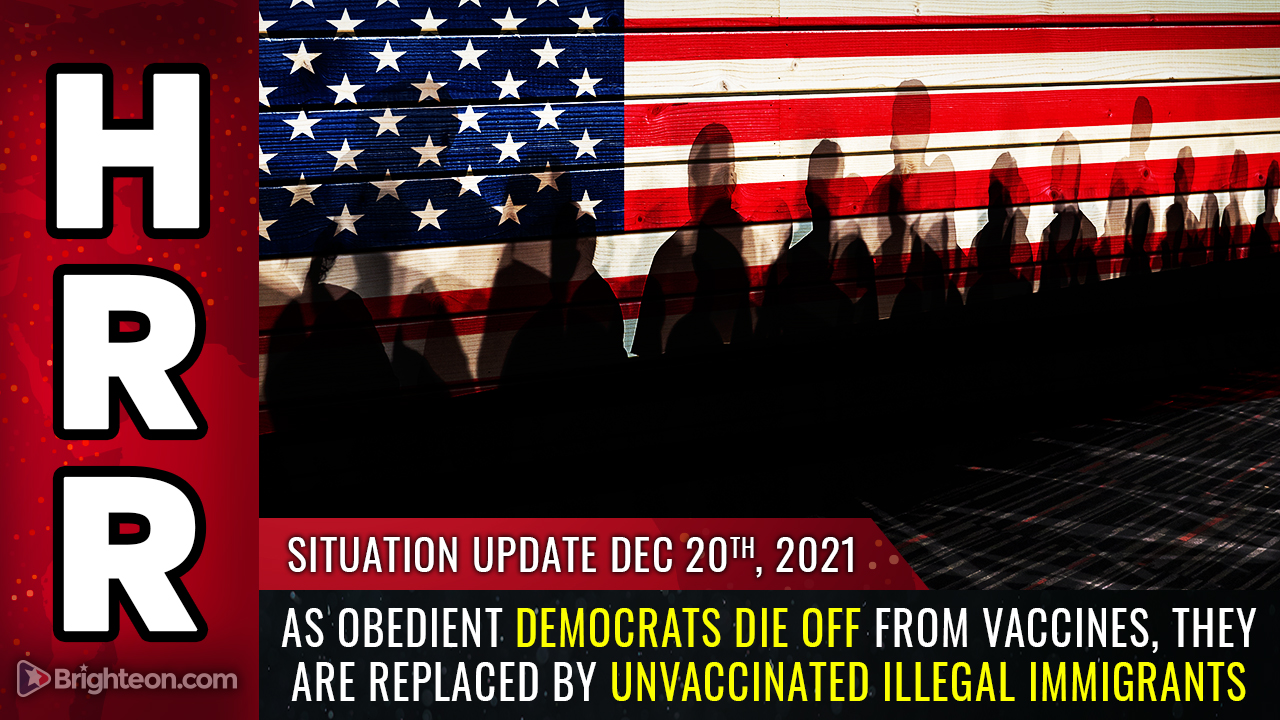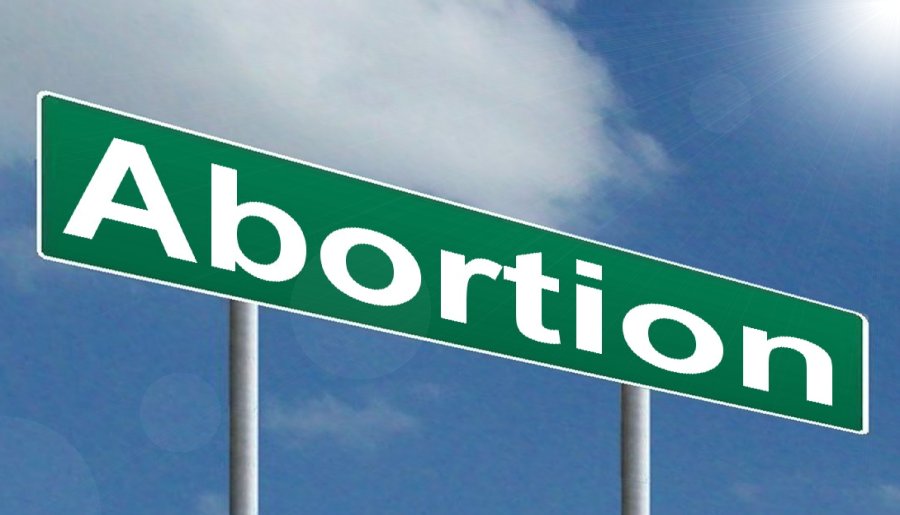Bad news for families relying on food banks: Thanksgiving and Christmas may be a bit bare due to rising food prices
11/15/2021 / By Mary Villareal

Families who rely on food banks, especially during Thanksgiving and Christmas may get smaller servings or substitutions this year as higher costs, lower inventory, increased transportation costs and labor shortages plague the country.
In San Francisco Bay Area, the Alameda County Community Food Bank in Oakland is spending $60,000 more per month on food alone. Combined with the increased demand, it is now shelling out around $1 million a month to distribute 4.5 million pounds of food.
The cost of canned green beans and peaches, for instance, are now up nine percent, while canned tuna and frozen tilapia increased more than six percent. A case of five-pound frozen chickens from holiday tables is up 13 percent, while the price of dry oatmeal climbed 17 percent.
Transnational Foods Inc., which delivers to more than a hundred food banks associated with Feeding America, also said that canned foods from Asia are not reaching the U.S. shores due to the lack of shipping container space and shipping costs. “An average container coming from Asia prior to COVID would cost about $4,000. Today, that same container is about $18,000,” said Bryan Nichols, the president of Transnational Foods Inc.
Lynne Telford, CEO of Care and Share Food Bank, said that the cost of a truckload of peanut butter in Southern Colorado has soared 80 percent from June 2019. Mac and cheese is up 19 percent from last year, and wholesale costs of ground beef increased five percent in three months.
Alameda County Community Food Bank said that they are set for Thanksgiving, with cases of canned cranberry and boxes of mashed potatoes among the items already stacked in its expanded warehouse. Wilken Louie, their food resourcing director, has also ordered eight truckloads of frozen five-pound chickens (or 60,000 birds) to give away for free, while half-turkeys are available at a cost. (Related: Food banks struggle amid supply chain crisis in the US.)
The Department of Labor said that the consumer price index climbed 6.2 percent year-over-year in October, making it the largest annual gain since November 1990. Prices also increased 0.9 percent month-over-month.
Families get smaller servings
The higher costs and limited availability of food means that families may get smaller servings or substitutions for staples. Peanut butter, for instance, now costs nearly double than it did two years ago.
“What happens when food prices go up is food insecurity for those who are experiencing it just gets worse,” said Feeding America Chief Operating Officer Katie Fitzgerald. Food banks that have expanded to meet unprecedented demands brought on by the pandemic cannot absorb food costs forever if they are at two to three times what they used to be, she added.
Fitzgerald said if a food bank has to swap for smaller sizes of canned tuna or make substitutions in order to stretch the money, it’s like adding insult to injury for families who rely on them.
Hundreds of people line up at Shiloh Mercy House, located outside a church in East Oakland, for weekly food giveaways. The food bank feeds around 300 families on those days. While it was far less than the 1,100 families lining up at the height of the pandemic, the charity’s event manager, Jason Bautista, said that he’s still seeing new people every week. “And a lot of people are just saying they can’t afford food. I mean they have the money to buy certain things, but it’s just not stretching,” he added.
Other people also rely on government aid such as the federal Supplemental Nutrition Assistance Program (SNAP). Kate Waters, a spokesperson for the United States Department of Agriculture (USDA), which administers the program, said that there were no immediate plans for an emergency boost in benefits to compensate the rising food costs.
Read more about the effects of the pandemic on the economy at Bubble.news and Pandemic.news.
Sources include:
Tagged Under: bubble, crisis, debt collapse, food banks, food collapse, food insecurity, food prices, food supply, grocery, inflation, market crash, pandemic, products, starvation, supply chain
RECENT NEWS & ARTICLES
Pandemic.News is a fact-based public education website published by Pandemic News Features, LLC.
All content copyright © 2018 by Pandemic News Features, LLC.
Contact Us with Tips or Corrections
All trademarks, registered trademarks and servicemarks mentioned on this site are the property of their respective owners.





















